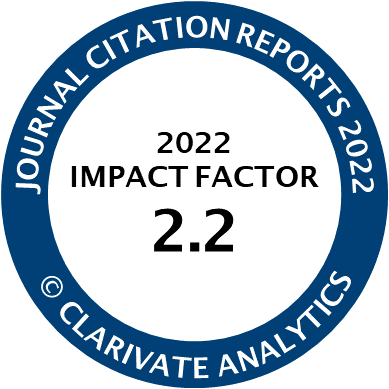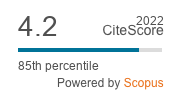Article | Open Access
Antifeminist and “Truly Liberated”: Conservative Performances of Gender by Women Politicians in Hungary and Romania
| Views: | 5829 | | | Downloads: | 4187 |
Abstract: This article employs a two-level analysis to compare the discursive performance of gender on social media in Hungary and Romania; the two countries with the lowest percentage of women in politics in the European Union (EU). First, by revealing the tension between conservative views about gender roles, and social and political specificities in the two countries, the research illustrates how various parties on the conservative right ideological continuum―from the center-right to right-wing populism―relate to the feminist project. Secondly, it analyzes how selected women politicians within this continuum negotiate their ideological beliefs about gender roles with their political career interests, by means of social media (Facebook). The analytical constructs of idealized motherhood and feminine toughness are employed to examine a period of intensive political campaigning in 2014 in both Hungary and Romania. The study triangulates the multi-layered discursive circumstances (the historical, contextual, and social media contexts) in Hungary and Romania, and maps out the similarities and differences that are disclosed when comparing the selected women politicians. The article makes a significant theoretical and empirical contribution to scholarship on gender and conservatism in particular and raises questions for the wider study of gender, politics, and social media in general.
Keywords: conservatism; Eastern Europe; Facebook; feminism; gender; ideological continuum; politics; right-wing populism; social media; women
Published:
© Ov Cristian Norocel. This is an open access article distributed under the terms of the Creative Commons Attribution 4.0 license (http://creativecommons.org/licenses/by/4.0), which permits any use, distribution, and reproduction of the work without further permission provided the original author(s) and source are credited.




